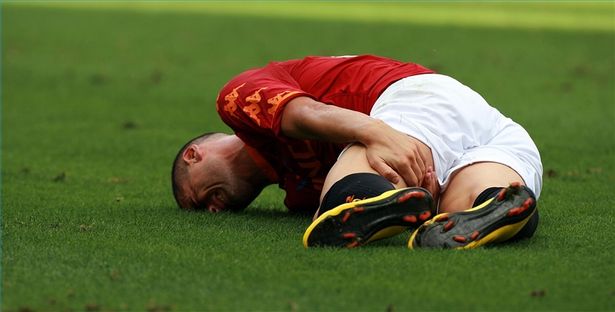
ACL injuries are occurring at an alarming rate. Single sport specialization, lack of proper training and many other factors all contribute to the risk of developing an ACL tear.
More than 100,000 athletes will undergo an ACL reconstruction each year in the US. That number should be alarming considering the lifelong implications it carries. Athletes with ACL injuries are at risk for not being able to return to sports at their original skill level. Only 81% of athletes return to sports, and furthermore, only 65% are capable of returning to their pre-injury level of function. Only 55% of competitive athletes return to the playing fields. Athletes who undergo ACL surgery are also as risk of developing osteoarthritis.
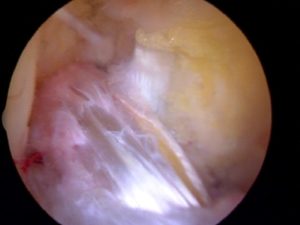
Perhaps the most concerning issue is that there remains a significant risk to an ACL injured athlete of reinjuring or re-tearing their newly reconstructed ACL.
A recent study out of Norway helped shed some light on which of our ACL reconstructed athletes are at highest risk of retiring their new ligament. The risk of developing a recurrent ACL tear ranges from 6-25% depending on the study. Although the MOON group is working hard to standardize rehabilitation and return to sports criteria, many papers published in this area use different criteria for allowing their athletes to return to play. That makes it difficult to know precisely who is at a high risk for a recurrent ACL injury.
In this study, the group used 6 specific return to sports criteria.
- Isokinteic Strength Tests
- Single leg hop
- Triple hop
- Triple crossover hop
- on field sports specific training
- running t-test
The study involved 158 professional athletes who returned to sports after ACL surgery. The average time to return to sports after their ACL surgery was 259 days. Two groups were studied. Those who met all 6 return to sports criteria, and those who chose to return to sports before completing their rehabilitation. The average time to reinjuring their ACL was 105 days.
A recurrent ACL tear occurred in 10% of athletes who met all discharge criteria during the study period. For those athletes who did not meet all discharge criteria before returning to sports, their risk of developing a recurrent ACL tear was 33%.
One of the most prominent findings was that posterior chain, or hamstring weakness was strongly associated with the risk of developing a recurrent ACL tear after return to sports.
Bottom line. ACL injuries are becoming commonplace. They shouldn’t be. We have proven techniques to diminish the risk of developing your initial ACL injury and you should push your Athletic Directors and League Boards to adopt these programs. Next, coaches and ADs push their athletes to return to sports too early. The athlete is not capable of making a rational decision about when to return to play. This paper shows that with properly applied protocols and discharge criteria, the risk of developing a recurrent ACL tear can be 4x less than an improperly rehabilitated athlete.


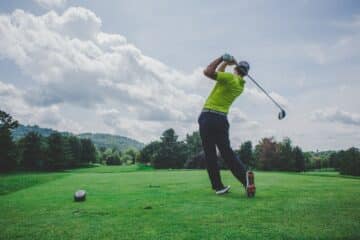
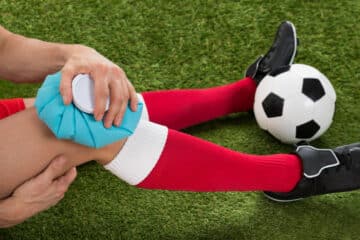
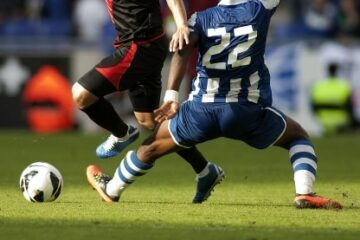
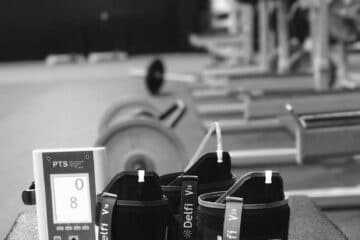
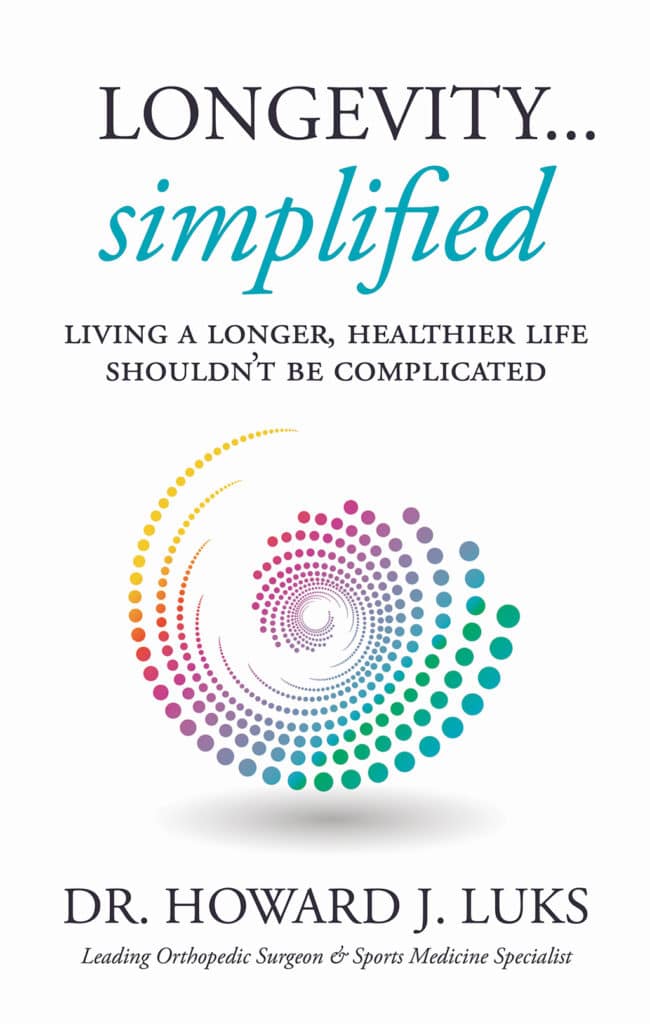







Hi Dr. Luks,
I’m 4 months out after my ACL reconstraction surgery. Wonder if you could be more specific about those returning to sports tests.
My PT ended after 3 months and there was no test at the end of it.
I find your articles very informative and often share them with my boot camp team.
Thank you!
You should find a athletic trainer or PT who is well versed in return to sports clearance. Show them the list of tests and they can perform them on you.
Hi Dr Luks.
I was just wanting to know if there was a reference that you could provide for the Norwegian ACL re-injury Study you refer to.
Kind regards
Gordon
I appear to have lost the link to the study … sorry.
You state, “We have proven techniques to diminish the risk of developing your initial ACL injury.” Are these techniques published somewhere for the public? If so, where?
Sure… there is a lot of literature out there on ACL prevention programs.
For a course see here
A program that can be downloaded can be found here.